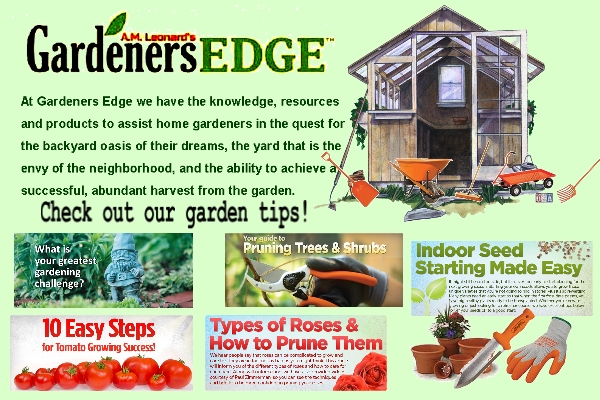2. Buy the necessary tools and seeds, pots and compost and plants.
Some supplies are remarkably cheap. A package of summer squash seeds, for instance, runs about $2.50. A nine-pack of cabbage seedlings? Around $3.50. Onion sets, 100 to the package, have been seen priced at $2.99. Do not scrimp on the quality of your hand tools.
3. Determine the best time to get your plants into the ground.
Find out when the threat of the last killing frost has passed. Familiarize yourself with how long it will take to transform seeds to table fare. You can turn to fellow gardeners or check with your county extension agent about the best crops and varieties to grow, and when it's best to grow them in your area. (http://www.usna.usda.gov/Hardzone/ushzmap.html).
4. Sketch a layout of your ideal garden plot.
Start small, especially your first time out. You always can enlarge the garden or plant succession crops, which are follow-up vegetables that will mature before season's end.
5. Garden location is as important as size.
Do your growing in a place that gets a full day's sun or, at minimum, six hours. It also should be sheltered from the wind and within reach of your kitchen door.
6. Buy some starter soil and spread it liberally over the growing area, at least 9 inches deep for vegetables.
Gardens can be cultivated on bare ground, in raised beds or in containers. Look for commercially bagged soils containing a slow-release fertilizer.
If it's organic production you want, then spread generous quantities of mulch over the topsoil. "Mulch serves many purposes in the garden, including keeping weeds down, reducing your water bill and adding fertility to the soil as it decomposes," Doiron said.
7. Read the directions carefully on seed packets or seedlings about how closely plants should be spaced. Leaf lettuce can withstand some crowding. Tomatoes need a couple of feet between the hills. Pumpkins require about 4 feet.
Grow your plants upward on trellises or some other kind of support if you don't have enough elbowroom to garden laterally.
Starting with seeds is the cheapest way to garden and can give you the greatest plant variety. Seeds, though, require transplanting and take longer to mature. Seedlings or young plants are less demanding.
Salad greens, summer squash, onions, sweet peppers, carrots, radishes, zucchini, peas, green beans and tomatoes — particularly cherry tomatoes — are among the easiest vegetables to grow. That makes them great confidence builders for budding gardeners.
8. Keep detailed records so you can duplicate your successes and avoid your failures next planting season.
"If you are interested in doing something more ambitious, try working some flowers, vegetables, fruits and herbs into your garden plan," Doiron said. "It not only will look nicer and give you a wider selection of things to eat, but it will help make your garden less vulnerable to pests and disease."





